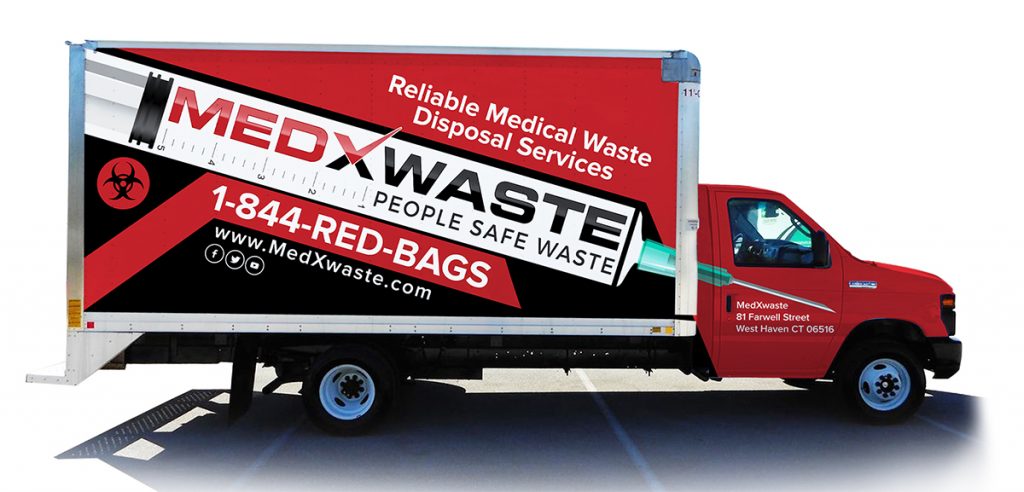Pharmaceutical Waste Blueprint – A comprehensive approach to minimize the negative impacts of pharmaceutical waste on public health and the environment and is broken down into easy-to-follow steps.
The proper management of pharmaceutical waste is essential. When it comes to safeguarding public health and environmental safety, the Environmental Protection Agency (EPA) sets rules to help ensure this happens at all times. To create an easy-to-follow way to ensure this happens, it has developed a 10-step blueprint for managing pharmaceutical waste at healthcare facilities in the United States.
It outlines a comprehensive approach to minimize the negative impacts of pharmaceutical waste on public health and the environment and is broken down into easy-to-follow steps.
Here’s a closer look:
Step 1: Understand and comply with federal and state regulations
It is critical that healthcare facilities comply with federal and state regulations when it comes to handling, storage, and disposal of pharmaceutical waste. One of the most important to follow is the Resource Conservation and Recovery Act (RCRA) and any other state-specific regulations.
Step 2: Establish a pharmaceutical waste management team
Businesses should have a dedicated team that is selected and trained to oversee the management of all pharmaceutical waste. In a healthcare institution the team should include representatives from pharmacy, nursing, environmental services, and administration.
Step 3: Develop policies and procedures
Healthcare facilities must develop policies and procedures for the management of pharmaceutical waste. These policies should include segregation, labeling, and storage of waste.
Step 4: Train staff
It is required that staff be trained on proper handling and disposal of pharmaceutical waste. This includes training on the use of personal protective equipment and how to identify and segregate waste.
Step 5: Waste Segregation
Pharmaceutical waste should be segregated from other waste streams to minimize the risk of exposure. This includes segregating hazardous waste from non-hazardous waste and using the right containers and labeling.
Step 6: Proper Labeling
As mentioned prior, pharmaceutical waste must also be labeled with the appropriate information on its contents. This includes the name of the waste, the date of accumulation, and the generator’s name and address.
Step 7: Waste Storage
Pharmaceutical waste should also be stored in secure containers in designated storage areas. This includes separate storage areas for hazardous and non-hazardous waste.
Step 8: Determine disposal options
Healthcare facilities must determine the most appropriate disposal options for their pharmaceutical waste. This includes working with a licensed waste management company to ensure proper disposal.
Step 9: Monitor and Track Waste
Healthcare facilities must monitor and track their pharmaceutical waste from generation to disposal. This includes maintaining accurate records of waste generation and disposal. Which is why working with a waste disposal provider is key.
Step 10: Continuously Improve
Healthcare facilities should continuously evaluate and improve their pharmaceutical waste management programs. This includes identifying areas for improvement and implementing changes to improve the program’s effectiveness.
The EPA’s 10-step blueprint for managing pharmaceutical waste at healthcare facilities helps minimize the negative impacts of pharmaceutical waste on public health and the environment. Implementing these steps means compliance with federal and state regulations and protecting the health and safety of staff and the community.
You Might Also Like:
- It’s Flu Season: Waste Management Solutions for Vaccines
- What Happens to Medical Waste When It Leaves Your Facility
- What is Cradle to Grave Processing?

Service Areas: Long Island Medical Waste; New York City Medical Waste; Westchester Medical Waste; and more.


